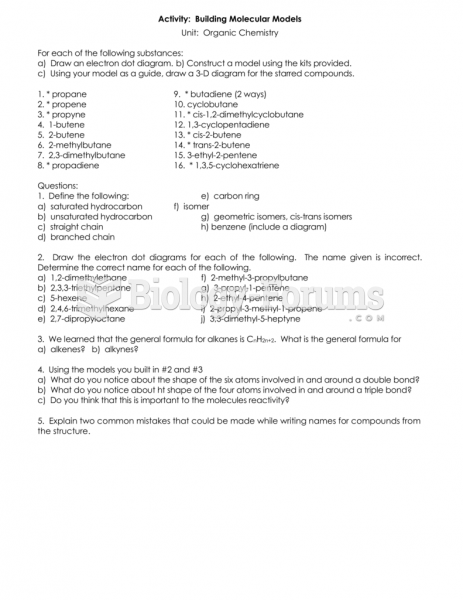|
|
|
Did you know?
The horizontal fraction bar was introduced by the Arabs.
Did you know?
Famous people who died from poisoning or drug overdose include, Adolf Hitler, Socrates, Juan Ponce de Leon, Marilyn Monroe, Judy Garland, and John Belushi.
Did you know?
There are more nerve cells in one human brain than there are stars in the Milky Way.
Did you know?
More than 30% of American adults, and about 12% of children utilize health care approaches that were developed outside of conventional medicine.
Did you know?
There are 20 feet of blood vessels in each square inch of human skin.







